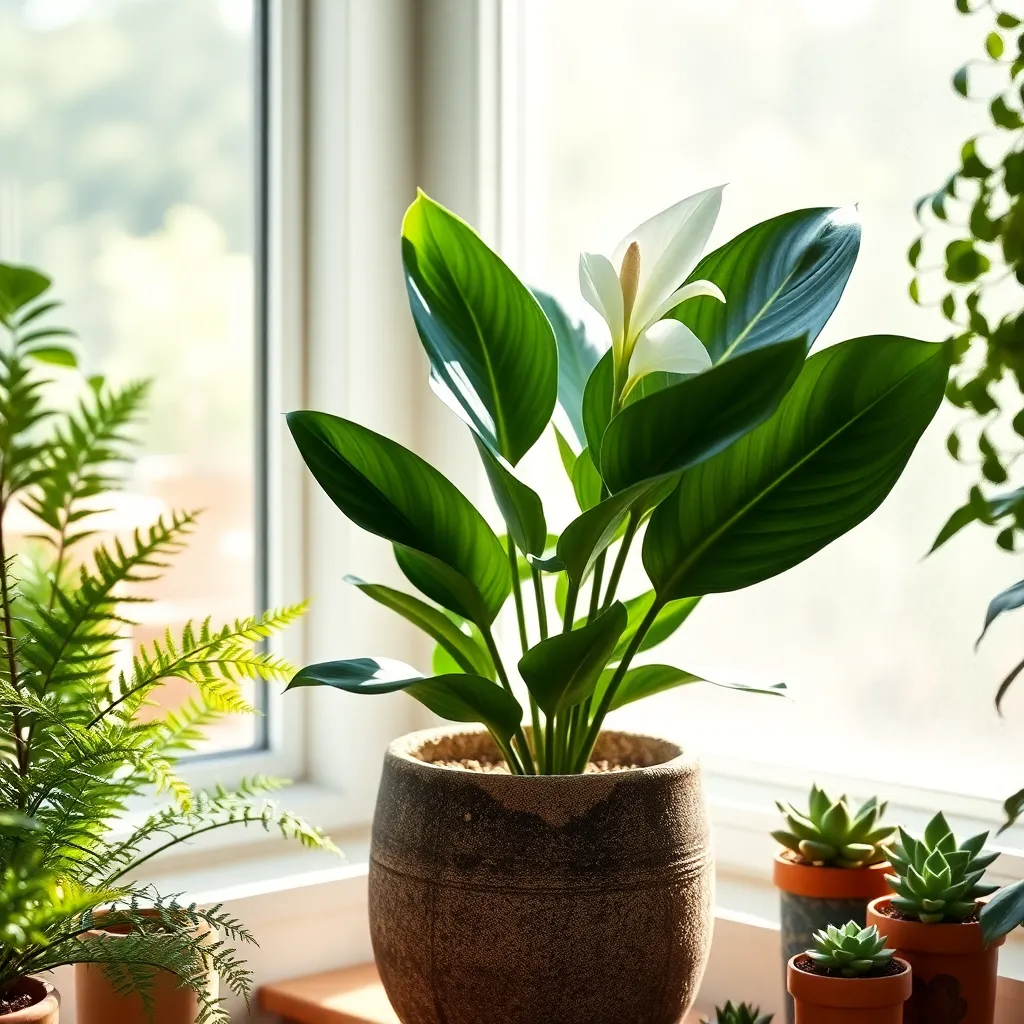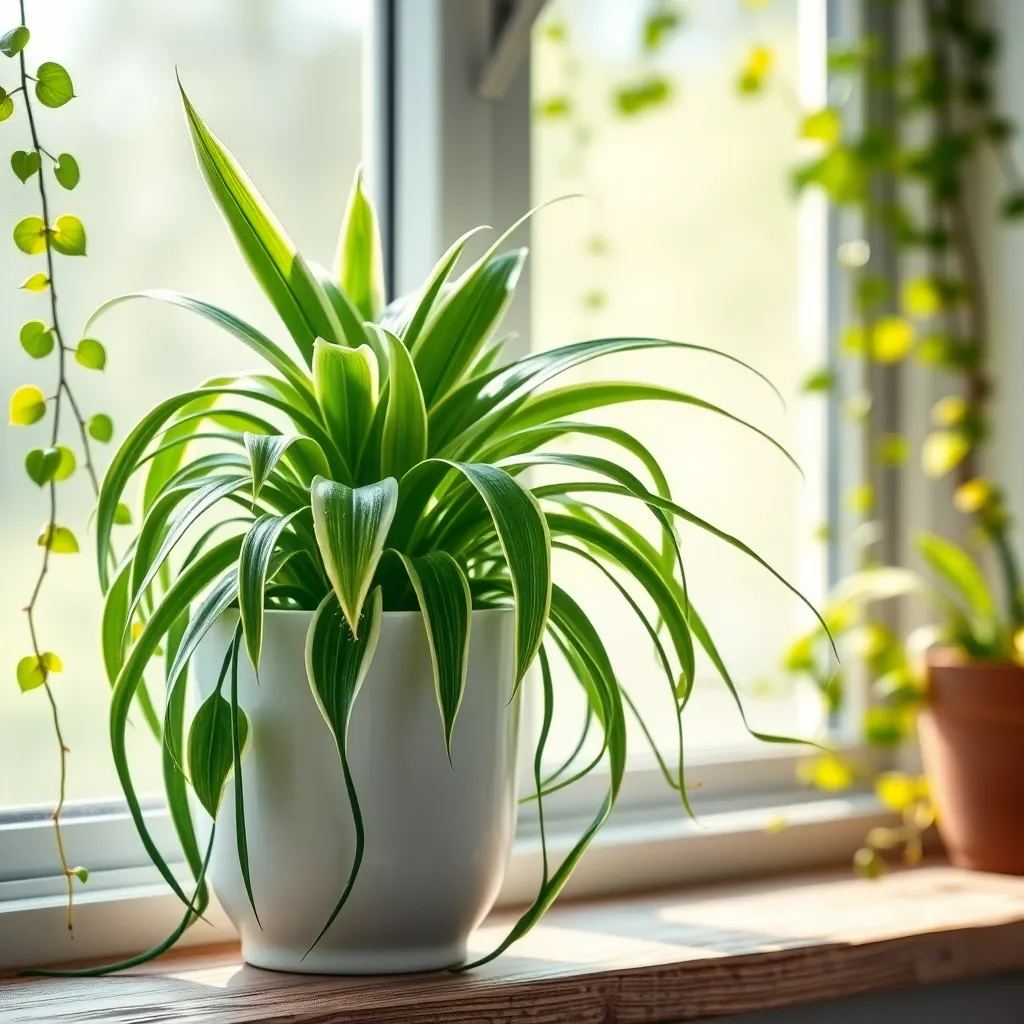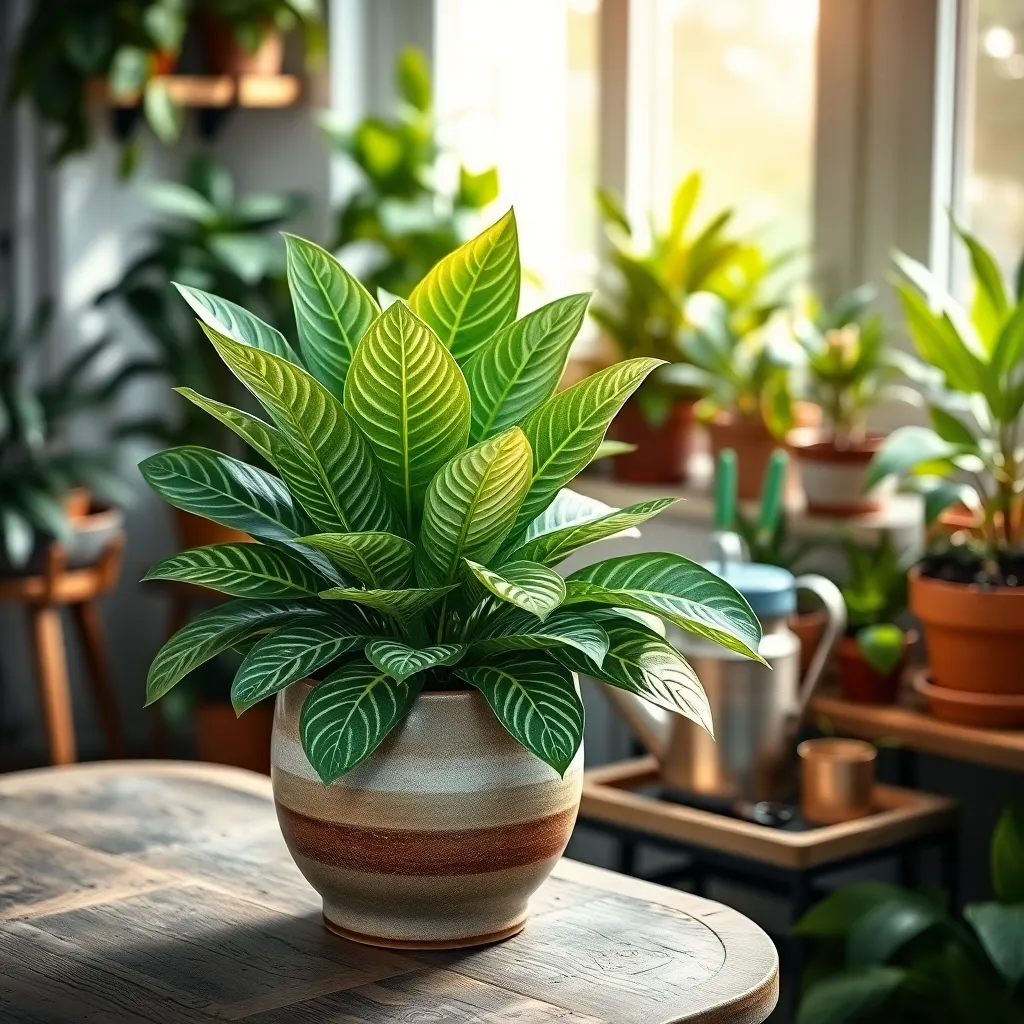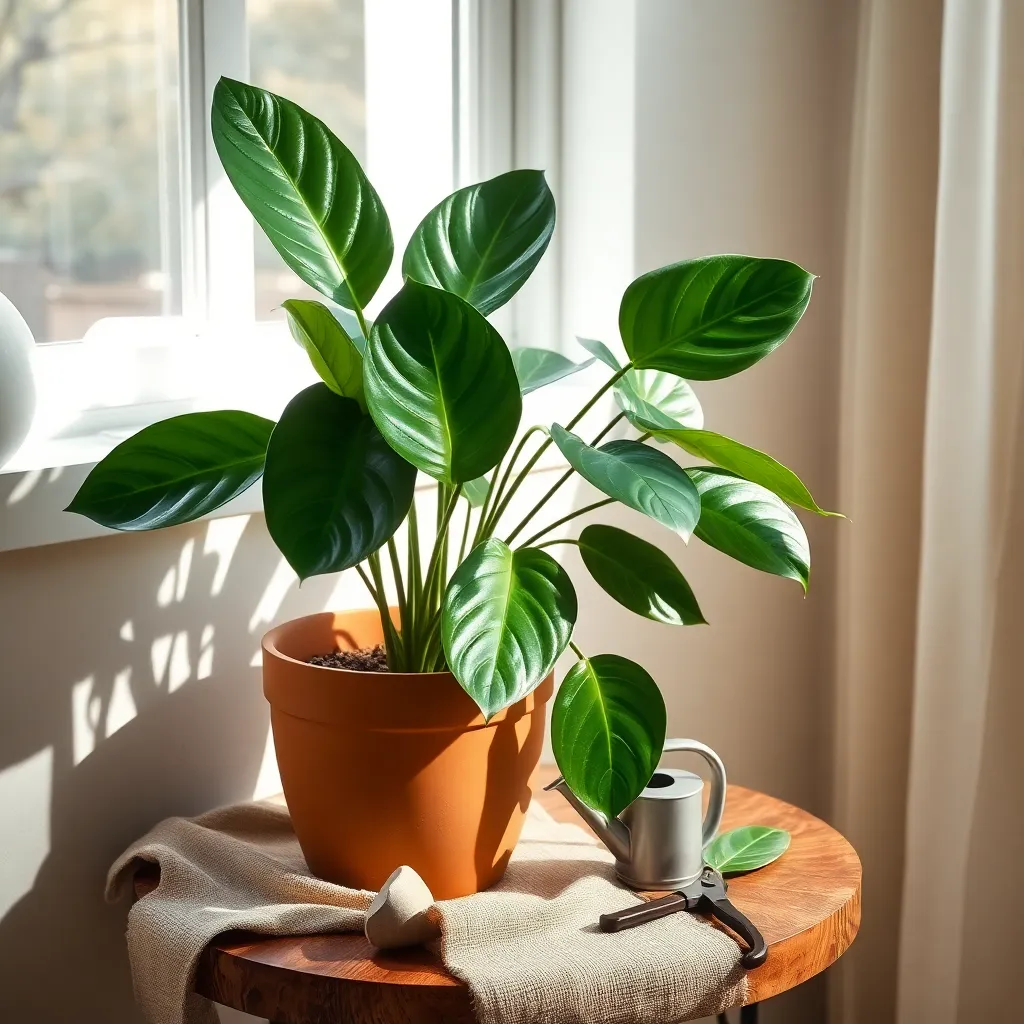Welcome to the vibrant world of indoor gardening, where even the smallest windowsill can flourish into a lush, green oasis. Whether you’re dipping your toes into the soil for the first time or you’re a seasoned gardener looking to bring your passion indoors, this guide to the best indoor plants for beginners promises to nurture your love for all things leafy.
In this carefully curated list, you’ll discover plants that not only survive but thrive with minimal effort, making them perfect companions for any home and lifestyle. These resilient green buddies promise to boost your confidence as they transform your space into a sanctuary of tranquility and beauty, all while purifying the air and lifting your spirits.
Prepare to embark on a rewarding journey where each sprouting leaf brings a sense of accomplishment and joy. With practical tips and heartening advice, this guide ensures your indoor garden will flourish, imbuing your home with life and serenity, while making you feel like a true plant whisperer.
Peace Lily (Spathiphyllum spp.)

The Peace Lily (Spathiphyllum spp.) is an excellent choice for beginners due to its low maintenance requirements and air-purifying capabilities. It thrives in low to medium light conditions, making it perfect for indoor spaces with indirect sunlight.
Watering a Peace Lily is straightforward; allow the soil to dry slightly between waterings to prevent root rot. To determine when your plant needs water, check the top inch of soil with your finger; if it feels dry, it’s time to water.
For optimal growth, use a well-draining potting mix and consider adding some perlite or orchid bark to enhance aeration. Feeding your Peace Lily with a balanced, water-soluble fertilizer every six to eight weeks can promote lush foliage, but be cautious not to over-fertilize, as this can burn the roots.
Advanced growers might consider repotting their Peace Lily every couple of years to refresh the soil and accommodate growth. When repotting, choose a pot that is only slightly larger than the current one to prevent overwatering issues.
Spider Plant (Chlorophytum comosum)

The Spider Plant (Chlorophytum comosum) is a resilient and visually appealing choice for novice gardeners. Known for its arching leaves and small plantlets, this plant adds a lively touch to any indoor space.
Begin by placing your Spider Plant in a location with bright, indirect light to encourage healthy growth. If direct sunlight is unavoidable, consider using sheer curtains to filter the light and protect the leaves from scorching.
Water the Spider Plant when the top inch of soil feels dry, typically once a week. Overwatering can lead to root rot, so ensure the pot has drainage holes and avoid letting the plant sit in water.
For optimal growth, use a well-draining potting mix, such as a blend of peat moss, perlite, and pine bark. Feeding your Spider Plant with a balanced liquid fertilizer once a month during the growing season can boost its vitality.
Advanced gardeners might enjoy propagating Spider Plants by gently detaching the plantlets and planting them in small pots. This not only creates more plants but also helps to keep the parent plant robust and thriving.
Aloe Vera (Aloe barbadensis miller)

Aloe Vera (Aloe barbadensis miller) is an ideal choice for beginners due to its low-maintenance nature and resilience. This succulent thrives in bright, indirect sunlight, making it perfect for a sunny windowsill.
For optimal growth, plant Aloe Vera in a pot with drainage holes using a well-draining cactus or succulent soil mix. Water the plant deeply but infrequently, allowing the soil to dry out completely between waterings to prevent root rot.
Providing the right temperature is crucial; Aloe Vera prefers temperatures between 55-80°F (13-27°C). If you live in a cooler climate, ensure the plant is kept away from drafty windows during the colder months.
Advanced gardeners might consider propagating Aloe Vera by removing and planting the healthy offsets, or “pups,” that sprout around the base. This not only increases your plant collection but also ensures your Aloe Vera remains healthy and vigorous.
Chinese Evergreen (Aglaonema commutatum)

Chinese Evergreen (Aglaonema commutatum) is an excellent choice for beginners due to its easy care and adaptability. Known for its lush foliage and vibrant patterns, this plant thrives in low-light conditions, making it perfect for almost any indoor space.
To ensure healthy growth, plant your Chinese Evergreen in well-draining soil, such as a mix of peat and perlite. Water the plant thoroughly but allow the top inch of soil to dry out between waterings to prevent overwatering.
Humidity is a friend to Chinese Evergreen, so placing it in a more humid room like a bathroom can enhance its growth. If the air in your home is dry, consider misting the leaves occasionally or using a humidity tray.
While this plant is generally low-maintenance, it’s important to wipe its leaves with a damp cloth every few weeks to remove dust and allow the plant to breathe. For those looking to expand their plant care skills, fertilize your Chinese Evergreen with a balanced liquid fertilizer every 6-8 weeks during the growing season for optimal results.
Rubber Plant (Ficus elastica)

The Rubber Plant, known scientifically as Ficus elastica, is an excellent choice for beginners due to its resilience and minimal care requirements. This plant thrives in bright, indirect light but can also adapt to lower light conditions, making it versatile for various indoor spaces.
For best results, use a well-draining potting mix with a blend of peat, pine bark, and perlite. Water your Rubber Plant when the top inch of soil feels dry, ensuring not to overwater, as this can lead to root rot.
To encourage lush growth, feed your plant with a balanced liquid fertilizer every month during the growing season, from spring to early fall. Pruning the plant can help maintain its shape and remove any unhealthy leaves, contributing to its overall vitality.
For those looking to propagate, the Rubber Plant can be easily multiplied through stem cuttings. Place the cuttings in water or soil and provide ample humidity to encourage root development, allowing you to expand your indoor garden effortlessly.
Conclusion: Growing Success with These Plants
In exploring the vibrant world of indoor plants, we’ve delved into five key relationship concepts: nurturing growth, cultivating patience, fostering communication, embracing adaptability, and celebrating shared spaces. These principles are not just about plants but are foundational to thriving relationships. Nurturing growth encourages us to support each other’s dreams, while patience reminds us to give time and space for development. Open communication, like tending to a plant’s needs, ensures mutual understanding. Adaptability allows us to weather life’s seasons, and shared spaces ensure a harmonious environment for both plants and partners.
As a next step, consider choosing a plant that symbolizes an area of growth in your relationship and nurture it together. Let it serve as a green reminder of your commitment to each other. To keep this inspiration at your fingertips, bookmark this article as a guide to revisiting these vital relationship skills.
Remember, just as plants thrive with care and attention, so too will your relationships. By embracing these concepts, you are planting the seeds for lasting happiness and connection. Save this article now, and let it be a beacon of growth and love on your journey to relationship success.
